
Job Vacancy: Environmental Analyst
Job Vacancy: Environmental Analyst, Responsible Commodities FacilityWorking Location: Oxford, UKSalary: up to £38,000pa reflecting experience Context Growing demand for soy globally is resulting in a

Job Vacancy: Environmental Analyst, Responsible Commodities FacilityWorking Location: Oxford, UKSalary: up to £38,000pa reflecting experience Context Growing demand for soy globally is resulting in a

We are pleased to report that the Responsible Commodities Facility (RCF) is being supported to expand by the SDG Impact Finance Initiative. The award was
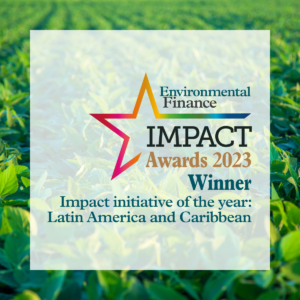
the Responsible Commodities Facility has won the Environmental Finance ‘Impact initiative of the year: Latin America and Caribbean’ award.
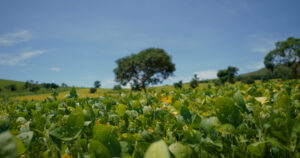
The Responsible Commodities Facility (RCF) Cerrado Programme fund has been expanded more than four-fold to US$47 million, through an innovative blended finance structure.
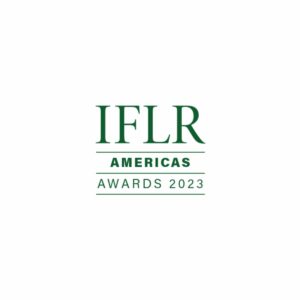
The Responsible Commodities Facility’s Green CRAs fund was named ‘Structured Finance Deal of the Year’ by IFLR (International Financial Law Review). At a ceremony held

The environmental impact of the first year of the RCF Cerrado Programme 1 has been calculated, independently verified and published in the first Annual Report. The
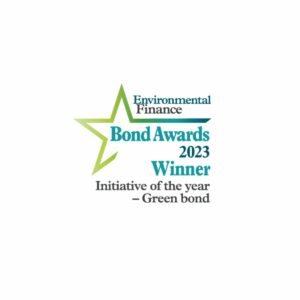
The Responsible Commodities Facility has won the Environmental Finance ‘Initiative of the year – Green Bond’ award. The awards are judged by an independent panel
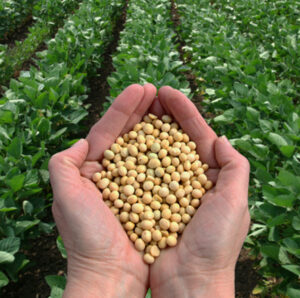
The first programme of the Responsible Commodities Facility (RCF) is now underway, with an investment of US$11million by UK supermarkets Tesco, Sainsbury’s and Waitrose to

The area of cultivation must not have had any deforestation and conversion of native vegetation since 1 Jan 2020*. Preference will be given to areas converted from abandoned pasture land to soy cultivation after 2008.

Farm land must be registered with the Cadastro Ambiental Rural (CAR). The farm must contain and maintain areas of native vegetation equivalent to those required for Legal Reserve and Areas of Permanent Protection (APPs) determined by the Forest code or have formally adhered to a Programme of Environmental Regularization (PRA) established by the state environmental agency**. The farm area must not overlap with public protected areas, indigenous lands and other traditional people and community lands (including ‘quilombolas territories’).

Farmers must have unquestionable right to use the land, be it as land title, land lease agreement, or another legally recognised form of land tenure (e.g., ‘posse’)

Farmers must demonstrate that they and their farms do not contravene any environmental or legal requirements, such as embargoes, environmental irregularities, contraventions of the labour legislation (including slave and child labour), non-compliance with the Soy Moratorium (if applicable), and internationally-accepted rules for the use of agrochemicals.
*Farmers occasionally request the conversion of small areas of native vegetation to conduct farm improvements (building storage areas, water reservoirs, etc.). Provided that these areas are small and not for the purpose of expansion of the agricultural area, RCF analyses and considers them eligible. In order to do so, RCF uses the concept of Minimal Level (of deforestation or conversion) as defined by the Accountability Framework Initiative Terms and Definitions, which states “To be considered consistent with no-deforestation or no-conversion commitments, minimal levels must generally meet the following conditions: Not exceed cumulative thresholds that are small both in absolute terms (e.g., no more than a few hectares) and relative to the area in question (e.g., no more than a small proportion of the site).”
**The RCF analyses Forest Code compliance by looking at single farms (defined as the area covered by a CAR) or bundles of individual CARs that, in combination, result in the desired area of native vegetation put under the protective status of the RCF. This bundling should not be understood as a means of compliance with the Forest Code requirements and is not intended to release the farmer of the regularization process committed under the Forest Code rules (enrolment in the CAR, engagement in a PRA, etc.). In order to differentiate its metrics from those of the Forest Code, the RCF refers to areas of Excess Native Vegetation (ENV) as opposed to Excess Legal Reserve, to avoid confusion with areas legally categorised under the Forest Code.